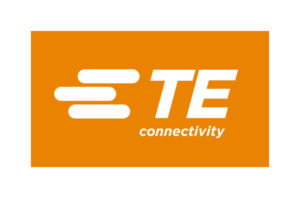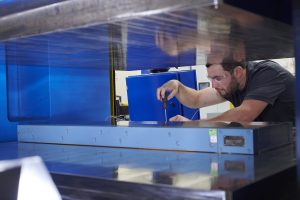Following a successful launch of the T15 sensor range, Third Dimension, manufacturers of the GapGun and Vectro non-contact measurement tool, will demonstrate the new T15-V Sensor at Control 2024 in Stuttgart, Germany this April.
The T15-V sensor is compatible with both the hand-held GapGun and the automated Vectro devices. It measures a range of features including edge profiles, gaps, flush, welds and more, with exceptional precision and accessibility. With its optimised field of view and high flexibility of use, the T15-V sensor has unlocked even more applications for the GapGun and Vectro to support.
Francois Froment, CEO at Third Dimension explained, “Last year, the T15-M sensor was a huge success opening even more opportunities for GapGun and Vectro within the Aerospace, Automotive and Energy sectors. To meet industry demands, we decided to enlarge our T15 range further, with a new T15-V sensor.
Our growth momentum in 2024 is set to increase, alongside our in-house technical expertise and we are looking forward to taking a stronger-than-before presence at this years’ Control 2024 in Stuttgart, Germany. I will host a company introduction on Tuesday 23 April and Wednesday 24 April at 10:00 on our stand – Hall 10, stand 1706, all those with an interest in metrology are very welcome to attend.”
The company, whose products are manufactured in the UK but sold globally, has a long and reputable track record of supplying non-contact optical measurement equipment and services to the largest names in aerospace, automotive and energy sectors worldwide. Their products enable OEMs, Tier 1s and Tier 2s to manufacture toward tighter tolerances, carry out quality checks quickly and keep an audit trail on all measurements, providing the assurance companies need to advance manufacturing.
Peter Bonnington, Chief Engineer at Third Dimension said, “We are looking forward to presenting the new applications GapGun can now support with the T15-V sensor head at Control 2024 this April.
Representatives from our network of distributors will also be available at our stand to speak with visitors about applications GapGun has supported and provide insight to global industry trends.”
Third Dimension will exhibit at Control 2024, the leading industrial quality assurance event in Stuttgart from 23-26 April, in hall 10, stand number 1706. To book a meeting with the Third Dimension team at Control 2024, email marcom@third.com.
 Instrumentation Monthly Test | Measurement | Control
Instrumentation Monthly Test | Measurement | Control









